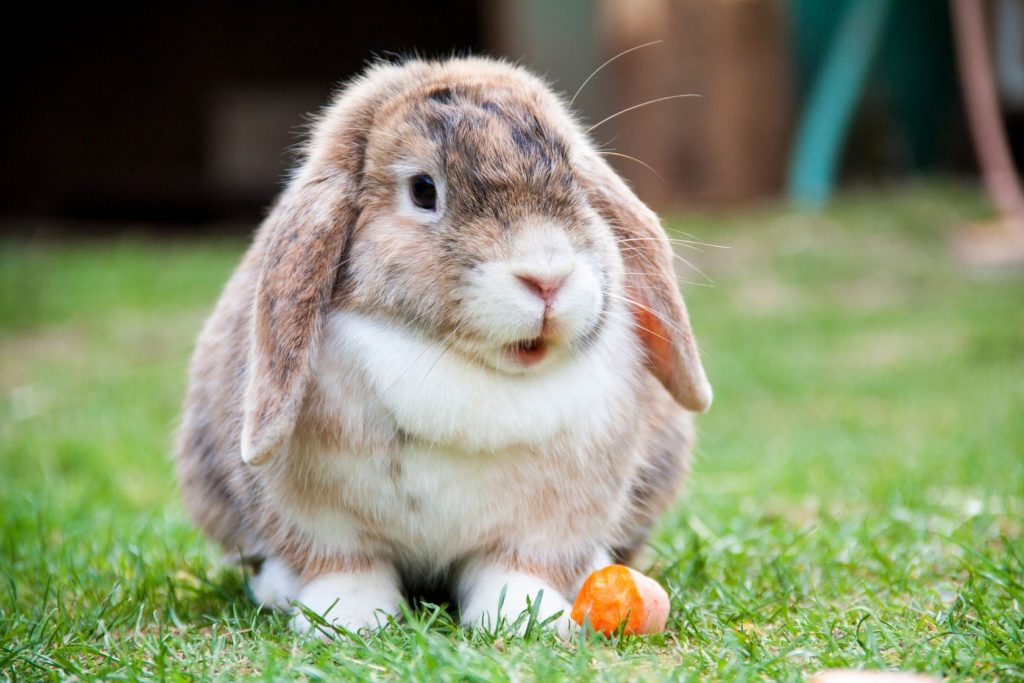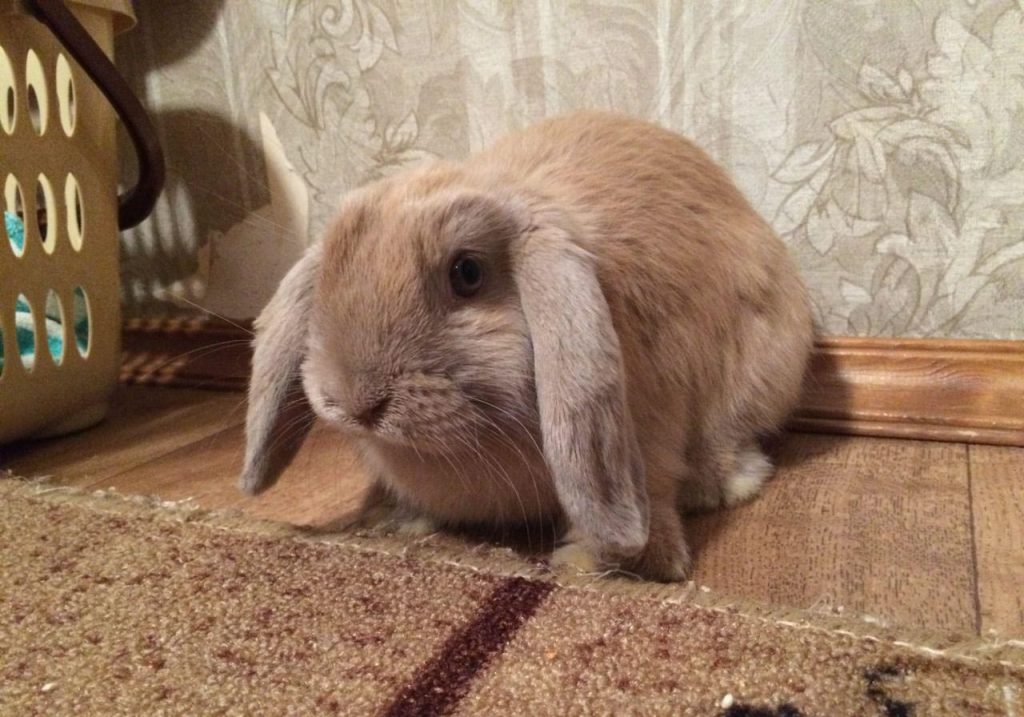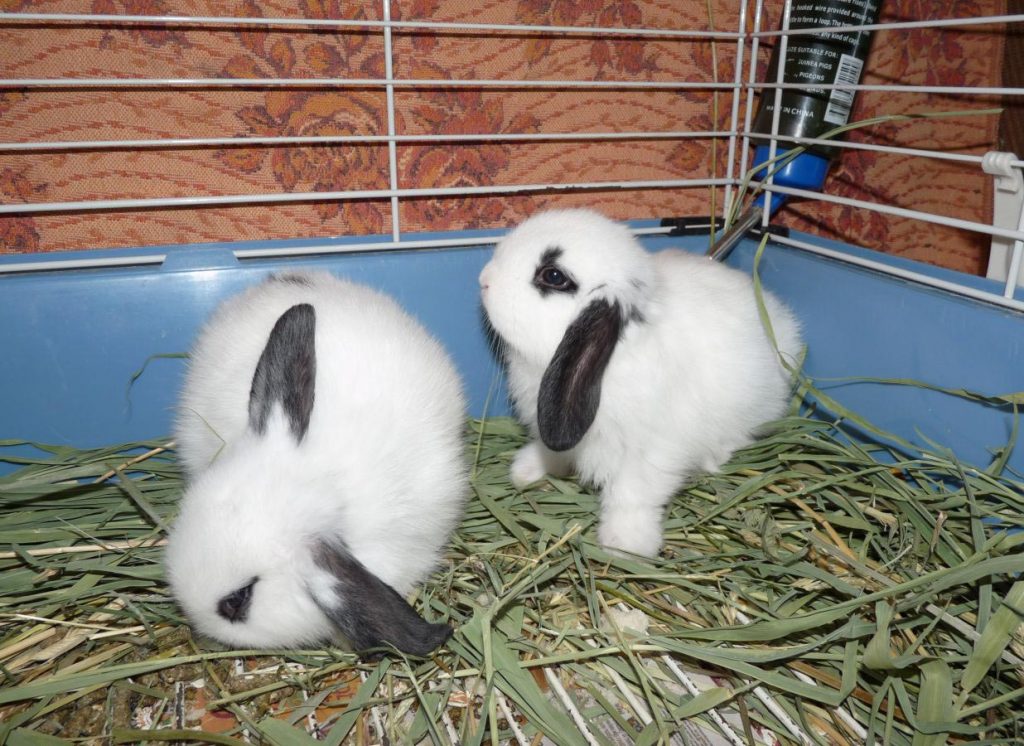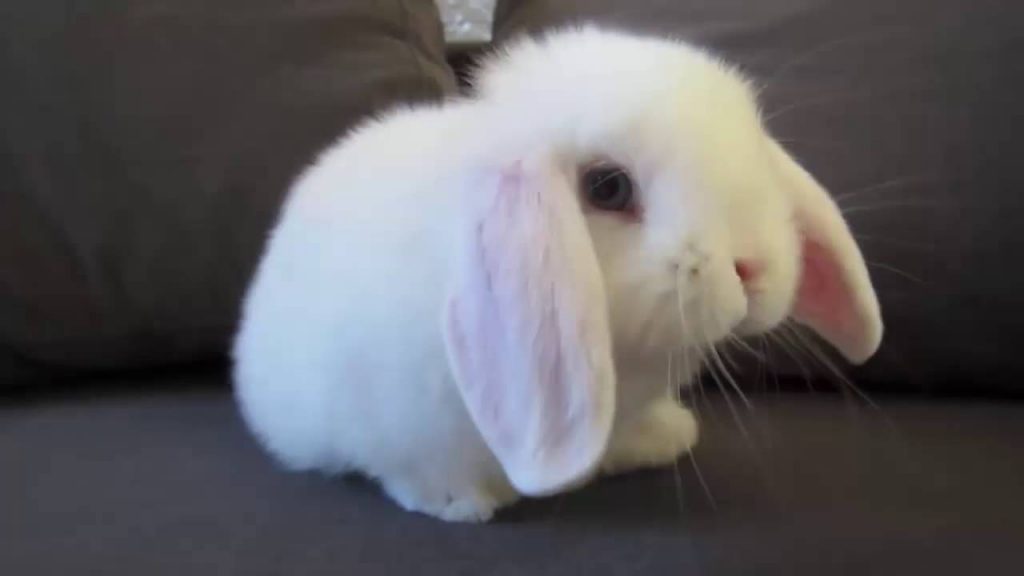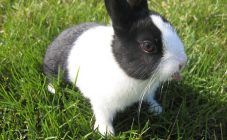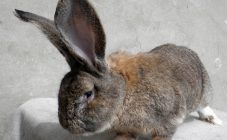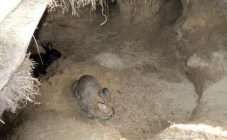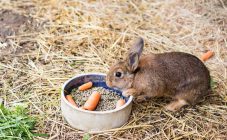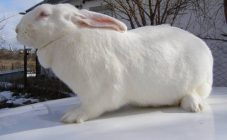Domestic rabbits are members of the hare family. The description of the taming of animals dates back to the 3rd century BC. There was no task to domesticate them at that time. They were caught and kept in captivity in excess until the subsequent slaughter. Of course, the skins were also used.
The first mentions of rabbits appeared in Russia in the 9th century. The harsh climate of the Russian plains prompted local landowners to breed downy species.
general information
Over an impressive period of time, almost 150 breeds of this useful animal have been bred by breeders all over the planet. Rabbits became radically different from their ancestors. They are extremely diverse, but they can still be grouped according to their productivity.
The enlarged classification of rabbits looks like this:
- Skin direction.
- Meat breeds.
- Meat and skin varieties (Belgian Flanders, Soviet chinchilla).
- Downy rabbits (Angora, Giant, Atlas, English).
- Decorative animals (Dwarf colored, Dwarf Dutch, Lop-eared ram rabbit, Angora lion, Flanders).
The benefit of breeding this animal also lies in the fact that its females are very fertile.
The rabbit is ready for mating by 8 months, and the male from 5 months. The process takes place on the territory of the rabbit, in several stages. A positive result will be indicated by the aggressive behavior of the female. The offspring, in the amount of 5-8 babies, will appear in a month. Mother nurses helpless cubs in a dark and calm place.
Rabbits have a very fast metabolism and should be fed frequently.
Rabbits feed:
- meadow and weed grass (except milkweed and celandine);
- professional sweepers for rabbits;
- mineral and vitamin preparations;
- cereals (barley, rye, wheat);
- bone meal, chalk;
- pieces of wood or branches (for grinding teeth);
- roots.
24-hour need for fresh water.
More about the breed
The lop-eared rabbit ram is a representative of the meat-skin direction. From the side, the head of the animal resembles a sheep's, hence its name. Pets have very long, hanging ears.
The first ones presented, came from random selection and then on this basis other varieties were obtained. The first of these is the English ram. As a result of crossing this species with the Giant breed, a French ram (weighing up to 10 kg) was obtained.
They have characteristic ears, a heavy, dense carcass with a broad chest, a rounded croup and a long back. The head is large, with thick cheeks. At the beginning of growth, the ears form a "crown" of cartilaginous tissue. Themselves grow up to 70 cm in length. The shells of the ears, turned towards the cheeks, give the ears a horseshoe shape.
In length, an adult rabbit reaches 70 cm, and its weight, depending on the variety, is 3-10 kg.
The most famous types of lop-eared rams:
- Rabbit German sheep. A cross between French Fold and Flanders. Weight is about 4 kg, the size of the ears is 45 cm. Colors are all except gray shades. Most often white.
- English ram. The longest ears are 70 cm in length and more than 15 in width. Weight is about 5 kg, colors are very different.
- Meissen ram. Weight 3.5-5.5 kg, ears up to 0.5 m long. The smooth skin is uniformly colored brown, yellow, gray. The rarest breed.
- A fleecy decorative ram rabbit. Dwarf species, long-haired. Unlike other rams, it is spotty (more than 20 colors). Weight no more than 2 kg.
- Dwarf fold-eared decorative rabbit ram. Carcass length about 30 cm, weight - 1.8-2 kg. Ears are up to 30 cm long.The skin is available in different colors.
- Rabbit Dutch ram. Weight up to 2 kg. The colors are varied.
When choosing a rabbit for breeding, you need to pay special attention to appearance. There should be no suspicious discharge from the eyes, nose, mouth, ears. On the inside of the forelegs, there must be no clumps of wet wool stuck together. The carcass of a healthy animal is free of bumps and puffiness, the anus is clean. The animal is cheerful and mobile.
Features of keeping rabbits
This breed has a very good appetite. How much food will be - everyone will eat. Therefore, they are prone to obesity. To prevent this from happening, animals should be fed strictly on time and no more than 2-3 times a day.
The following compositions are allowed in feed for lop-eared rams:
- Fresh grass (in summer) and hay (in winter) about 50% of the total daily food. Do not allow poisonous plants (dope, celandine, euphorbia, nightshade) to enter.
- Fresh root vegetables (carrots, beets) and seasonal fruits, cucumbers. Only without fanaticism, so that the rabbits do not have an upset stomach.
- Cereals (wheat, rye, oats).
- Combined mixtures.
- Special feed, enriched with trace elements and vitamins.
- Branches, logs for grinding teeth and normal functioning of the gastrointestinal tract.
The conditions for keeping rabbits include round-the-clock access to clean water.
Due to the very long ears, the cages for this rabbit breed must be free. Approximately 0.7 m² for an adult rabbit and 0.5 m² for a mature male. For kids at the rate of 0.12 m² per unit. In cramped houses, animals run the risk of constantly trampling their ears. The floor should be covered with straw, sawdust or hay, but not with a net, so that the legs are not injured.
The optimum temperature for rabbits is +20 degrees. They do not tolerate overheating (bathing is allowed) and hypothermia. If the floors are very cold, they may even have frostbite on the tips of their ears.
Every two to three days, the cages must be cleaned, and at least once a month, the cage and all equipment must be disinfected.
Like most artificially bred animals, these rabbits have a fairly low resistance to disease. The weak point is the magnificent ears. They must be regularly inspected and cleaned. Sulfur plugs can provoke otitis media. Ear mites may start (gently clean the inside of the ear with boric alcohol and a cotton swab). With insufficient care or contact with sick animals, pets can get myxomatosis, hemorrhagic disease, rhinitis, coccidiosis. These are the most common diseases of all rabbit breeds.
It is not difficult to guess about the unhealthy of a rabbit. The symptoms are obvious and they are:
- dull coat;
- lost appetite;
- lost interest in life (does not respond to the owner, does not rush);
- body temperature rises.
If at least one of these symptoms appears, then there is no point in waiting for an independent cure. You will have to immediately contact a specialist.
It is not difficult to breed rabbits of the Lop-eared rabbit ram breed. With good health of the female and male, they can act as parents for six months. Only related crosses are not desirable.
Folds cannot boast of special fertility. The female can bring a maximum of 7 rabbits at a time.
After examination, a sexually mature individual is brought to a male. Fertilization may not occur the first time. Therefore, despite some bitterness of the female rabbit, dating should be continued for a week. Persistent rejection of the rabbit will mean the onset of pregnancy. It lasts 4 weeks and ends with the birth of blind helpless cubs. For their successful development, the female should be protected from adverse events.Experienced breeders claim that a mother is quite capable of destroying (maiming, abandoning) her own children.
Care for a pregnant and lactating rabbit should be done with great care. The cage must be perfectly clean and the water is fresh. Vitamins and minerals are added to feed in doses required for non-idle females. And while feeding the rabbits, the mother's diet should be supplemented with boiled eggs and cottage cheese (1 time per day). Only in this case will fold-eared rabbits grow up vigorous and healthy.
Babies get used to adult food from 2.5 months. Each product is introduced in turn (separately), until completely addictive.
The advantages of this breed can be considered their universal productivity, ease of breeding, flexible character.
The disadvantages include infertility of females and weak immunity.
There is no better rabbit for a premium dietary meat. Lop-eared rabbit care is not difficult. Having got 2 males and 10 females on the farm, you can get up to 250 young rabbits per year, which by six months will be ready for slaughter. Maintenance costs will be more than offset by the profit from the sale of meat. And that's not counting the skins. If the method of obtaining meat and skins is not morally acceptable, you can sell the rabbits alive.
